There are many reasons why this could happen, but here are the usual suspects:
1. Genetics: Many Phals with pink, purple or red toned flowers have red/purple tinted leaves. Also many Doritaenopsis (Doritis x Phalaenopsis, abbreviated as Dtps) plant have tinted leaves regardless of bloom color, this is because Doritis pulcherrima has the purple undersides on its leaves and passes this trait easily.. This is due to the color pigment in the plant called anthocyanin. This pigment can build up in the leaves or may just be a normal part of the plants coloring. As the leaf ages, it may become more red in color. This coloring is often most notable on the undersides of leaves, the leaf edges or margins, and the flower spike may appear to be a greenish purple in color. This coloring can be intensified by sunlight as will be explained below. Most plants with this leaf coloring have very dark green leaves, and may be more prone to leaf burn. But many plants naturally have this coloring in their leaves and it is not indicative of a problem with the plant. It is not know whether this is some sort of dominant trait (leaf color) in Phalaenopsis, but due to its propensity it wouldnt be surprising. Many mottled leaf Phals also have this reddish hue on the leaf undersides, examples of these species being: lindenii, schillerinan and stuartiana.
2. Sunlight: Some Phals, when exposed to high levels of light, may get a red/purple ring around the leaves. This is often a sign that the plant is receiving a very high amount of light, which eventually, may lead to leaf burn and cellular damage. The way to stop it is to reduce the amount of light the plant receives. This should be done in a gradual fashion, just as increasing light should be done. A slight increase can stop this from leading to leaf burn. A reddish purple line, which does not develop into leaf burn, is fine and should be regarded as the plants upper light register. Some Phals when getting too little light may have a severe darkening of the leaves, which will lead to them appearing to have a red/purple cast. In this case light should be gradually increased over a period of weeks so as to protect from leaf burn. Limey green leafed Phals often do not develop the red/purple line, but instead may develop a yellow/white line around the leaves when exposed to very high light levels, and this should be treated the same way as the red line. The main difference is when limey green leaved Phals get less than adequate light their leaves will darken to a dark Kelly green, and not take on the reddish hue.
This may seem confusing, but experimenting with light, and understanding your plants genetic heritage can help you better understand what is going on. If the plant has red, pink or purple flowers it is pretty much a given that the leaves are darker and purple on the undersides, but many whites, sunsets, art shades, spotted, and yellow Phals also have this characteristic. With increased breeding and the wide selection of hybrids available it is no surprise that it is getting more difficult to determine if the coloring is genetic or not. If your plant goes through a sudden color change in the leaves it is best to ride on the side of caution and pull it back from its light source.
Occasionally the red leaves will follow a softening and wilting of the leaves. This is because the plant is ill or infected with insects, which is slowing down its growth. You should then inspect for insects, crown rot, root rot or some other issue such as a sudden drop (freeze) in temperature or a sudden increase (20 deg) in temperature. All can cause leaf changes to which coloration changes may be a secondary characteristic of the problem.
Provided by Adrianna Bast


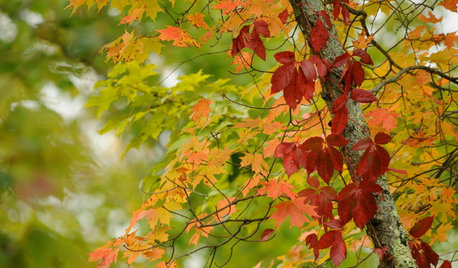

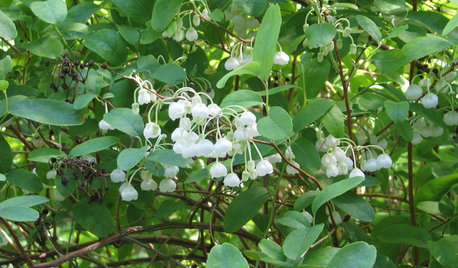

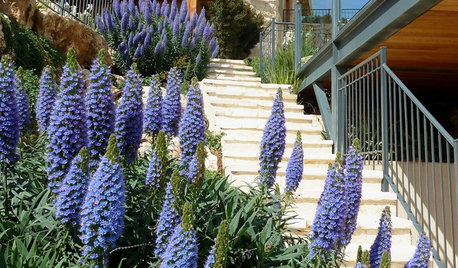
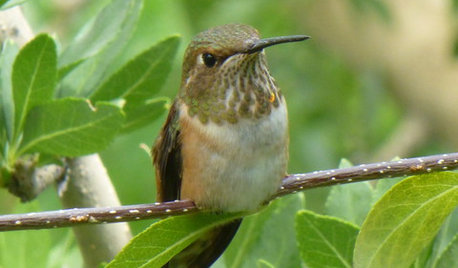
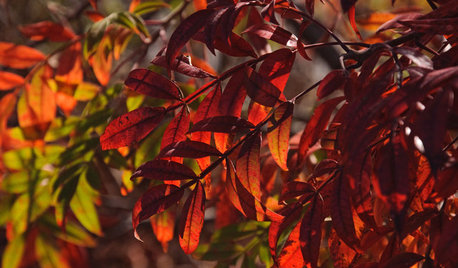
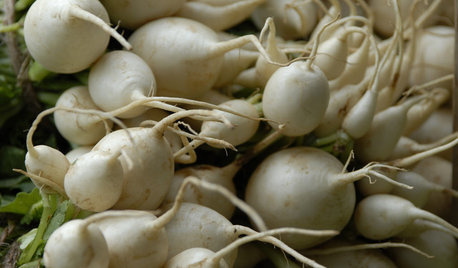



Related Discussions
Bibb lettuce leaves turning reddish-purple
Q
what do purple leaves mean on phal?
Q
Why my phal's buds are dying?
Q
reddish purple leaves
Q